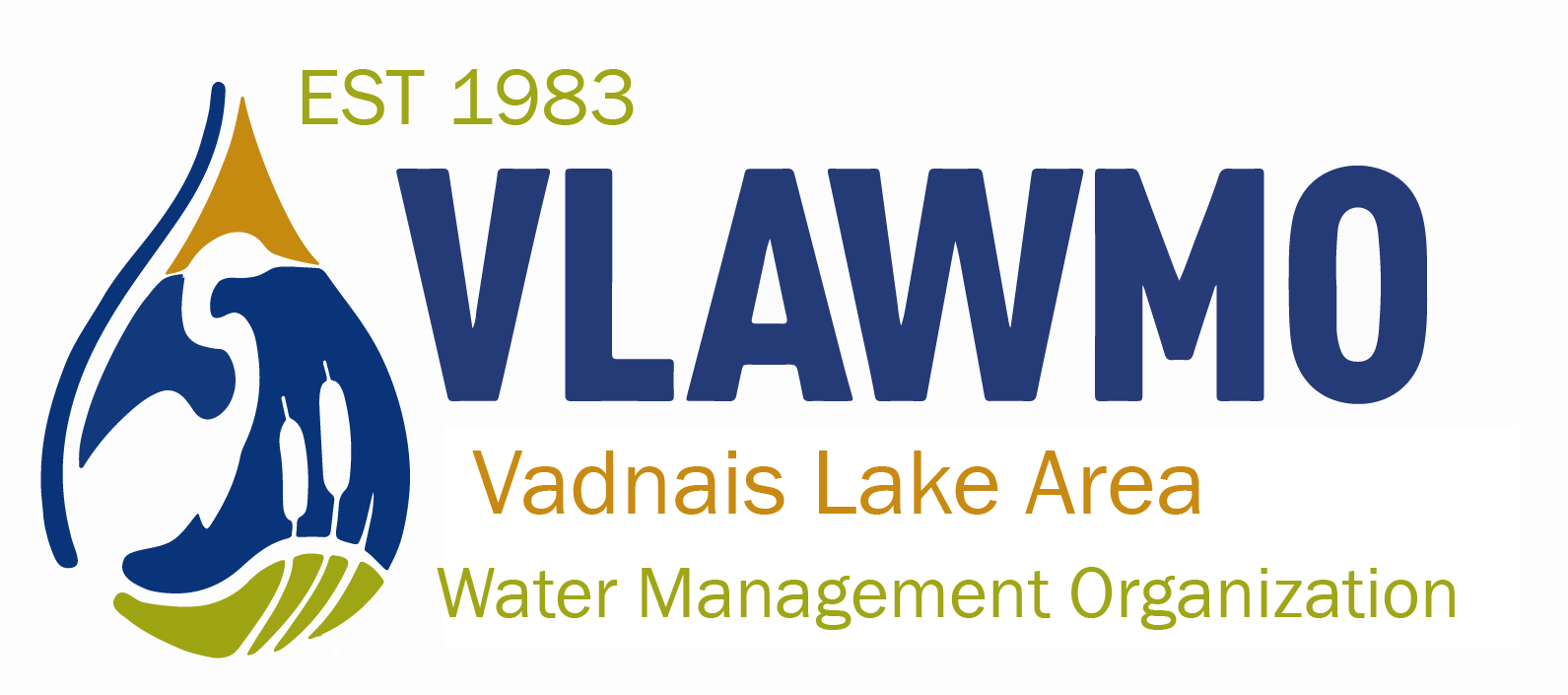Faces of Wetlands: Mink & Muskrat
Mink and muskrat share a partnership as wetland designers. Both are common around wetlands and shallow lakes, but recently mink numbers have been in decline due to habitat loss. Predators such as mink or foxes often have trouble mixing with human communities, but they’re also a symbol of a balanced ecosystem. While there’s no quick answer to this paradox, a closer look at minks may offer some insight to our wetlands and how we impact them.
Unlike muskrats, mink are tough to find because they’re solitary and mostly active at night. Ranging from Northern Canada all the way down to Florida, they’re a specialist of wetlands, marshes, streams, and shallow lakes. With their oily fur, webbed feet, and ability to dive up to 16’ deep, minks are equally adapted to hunting on land or in water. On top of swimming like a pro, they can spray like a skunk, purr like a cat, slide like an otter, bound, and even climb! When it comes to food, they eat everything from fish to crawfish, worms, and even larger prey such as rabbits, ducks, and muskrats.
Feeding on muskrats is when things get interesting. While muskrat keep wetlands diverse and dynamic by creating open water as they move plants, spread seeds, burrow, and create dens, mink balance this impact by keeping the muskrat population in check. As the tag-team ensues, wetland plants stay diverse and productive yet don’t overwhelm a wetland with biomass. In an ideal balance, the continual shifting of plants, water, and soils process nutrients, filter water, replenish groundwater, and produce clean air. To support this balance, minks prevent muskrats from wiping out the vegetation of a wetland, and from over-burrowing in shorelines. Too many burrows cause shorelines to collapse, and raise the risk for sprained ankles. Mink also occupy old muskrat dens, which keeps muskrats on the move and less able to heavily impact an area.

Image: Ohio DNR
While muskrat have adapted to reproduce quickly, mink don’t have that advantage. As a predator, they’re more susceptible to bio-accumulation of contaminants that work their way up the food chain. Pollutants such as mercury and PCB’s have been shown to cause minks to go sterile, and they’re more sensitive to changes in habitat due to development. Muskrat however have shown to be quite adaptable to changes in shoreline development, docks, boats, and backyards that edge up to water.
So the question becomes, how do we want to tip the scales of wetland wildlife? What sort of habitat do we want to provide when our living spaces meet our lakes and wetlands? Native plantings, buffer strips, and shoreline restorations around lakes and even wetlands are a big help, and each projects makes a difference in keeping our wetlands balanced and functional. But where does one even start? Have no fear – VLAWMO is here to help businesses, residents, and cities build shoreline restorations, wetland buffers, and similar projects with our cost-share program. If restoring a shoreline isn’t possible, other key strategies such as low-impact lawn care and adopting a stormdrain are also great ways to help out. Each project and effort circles back to mink, muskrat, and the quality of our water resources.
Find more information on our programs, wetlands, and how to practice low-impact lawn care at VLAWMO.org. Follow us on Facebook and Twitter @VLAWMO to keep up with news and events.
– Nick Voss, VLAWMO Education and Outreach Coordinator
Sources:

